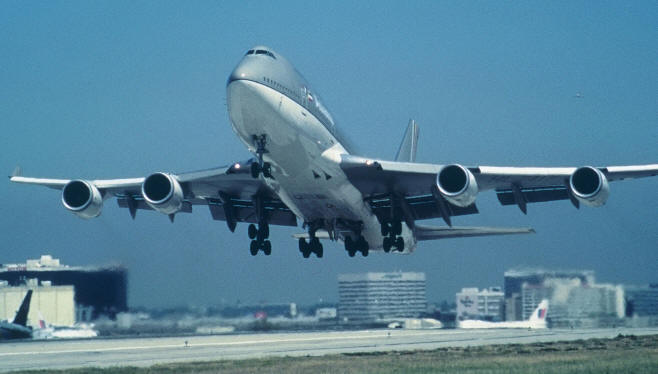

With a plan and funding in place, the airlines were finally convinced to make the move.Īfter the end of the war, four temporary terminals were quickly erected on the north side of the airport and on December 9, 1946, American Airlines, Trans World Airlines (TWA), United Airlines, Southwest Airways and Western Airlines began passenger operations at the airport, with Pan American Airways (Pan Am) joining the next month. Meanwhile, airport managers published a master plan for the land, and in early 1943 and convinced voters to back a $12.5 million bond for airport improvements. In January 1942, the military assumed control of the airport, stationing fighter planes at the airfield and building naval gun batteries in the ocean dunes to the west. Before the United States entered the war, the aviation manufacturers located around the airport were busy providing aircraft for the allied powers, while the flying schools found themselves in high demand. World War II put a pause on any further development of the airport for passenger use. However, the airport failed to entice any carriers away from the established Burbank Airport or the Grand Central Airport in Glendale. The airport was used by private pilots and flying schools, but the city’s vision was that Los Angeles would become the main passenger hub for the area. Los Angeles Municipal Airport on Army Day, c. On June 7, 1930, the facility was dedicated and renamed Los Angeles Municipal Airport. Over the next year, the airport started to come together: the dirt runway was replaced with an all-weather surface and more hangars, a restaurant, and a control tower were built. The building still stands at the airport, remaining in active use and listed on the National Register of Historic Places. The airport opened on Octo and the first structure, Hangar No. On Augthe city leased the land and the newly formed Department of Airports began converting the fields once used to grow wheat, barley and lima beans into dirt landing strips. Mines, and Mines Field as it was known, had already been selected to host the 1928 National Air Races.

The location had been promoted by real estate agent William W. Several locations were considered, but the final choice was a 640-acre (1.00 sq mi 260 ha) field in the southern part of Westchester. In 1926, the Los Angeles City Council and the Chamber of Commerce recognized the need for the city to have its own airport to tap into the fledgling, but quickly growing aviation industry. 1 was the first structure at LAX, built in 1929, restored in 1990 and remaining in active use. LAX serves as a major hub or focus city for more passenger airlines than any other airport in the United States.Īlthough LAX is the busiest airport in the Greater Los Angeles Area, several other airports, including Hollywood Burbank Airport, John Wayne Airport (Orange County), Long Beach Airport, Ontario International Airport, and San Bernardino International Airport serve the region.

airports for both passenger and cargo traffic. It is also the only airport to rank among the top five U.S. The airport holds the record for the world's busiest origin and destination airport, because relative to other airports, many more travelers begin or end their trips in Los Angeles than use it as a connection. West Coast, LAX is a major international gateway to the United States, and also serves a connection point for passengers traveling internationally (such as East and Southeast Asia, Australasia, Mexico and Central America). As the largest and busiest international airport on the U.S. In 2019, LAX handled 88,068,013 passengers, making it the world's third-busiest and the United States' second-busiest airport following Hartsfield–Jackson Atlanta International Airport. The airport covers 3,500 acres (1,400 ha) of land and has four parallel runways. The airport is operated by Los Angeles World Airports (LAWA), a branch of the Los Angeles city government, that also operates Van Nuys Airport for general aviation. LAX is the closest airport to the Westside and the South Bay. LAX is located in the Westchester neighborhood of Los Angeles, 18 miles (30 km) southwest of Downtown Los Angeles, with the commercial and residential areas of Westchester to the north, the city of El Segundo to the south and the city of Inglewood to the east. Los Angeles International Airport ( IATA: LAX, ICAO: KLAX, FAA LID: LAX), commonly referred to as LAX (with each letter pronounced individually), is the primary international airport serving Los Angeles, California and its surrounding metropolitan area.


 0 kommentar(er)
0 kommentar(er)
